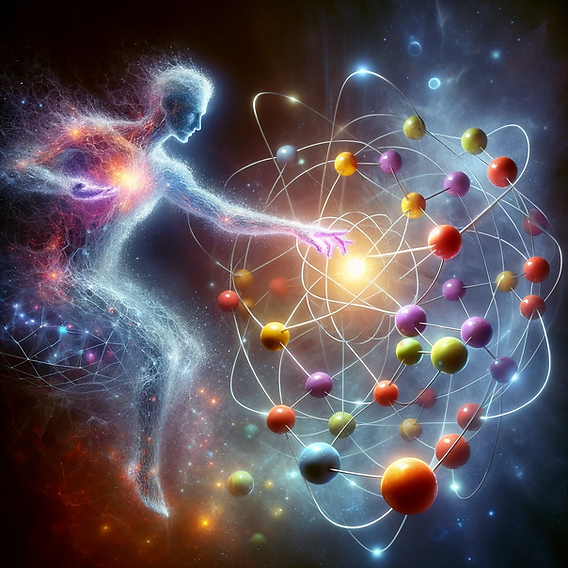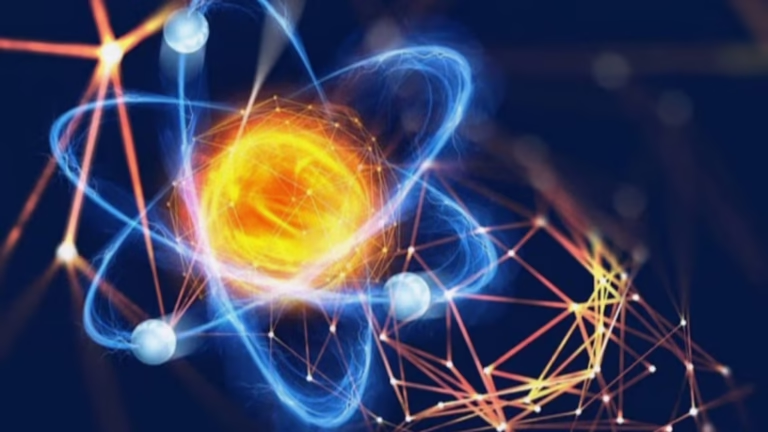A Dive Into the Invisible: Unlocking the Mysteries of Quantum Physics

What is Quantum Physics?
Quantum physics, also known as quantum mechanics, is the field of science that explores how matter and energy behave at microscopic levels — such as atoms and subatomic particles. Unlike classical physics, which governs the macroscopic world, the quantum realm reveals bizarre and fascinating behaviors: particles can exist in multiple places at once or influence each other across great distances.
The Origins and Evolution of Quantum Theory
The quantum revolution began in the early 20th century when physicists like Max Planck and Albert Einstein noticed that light and energy didn’t behave as expected. Planck introduced the concept of “quanta” — discrete packets of energy — paving the way for discoveries that would reshape modern science.
Great minds such as Niels Bohr, Werner Heisenberg, and Erwin Schrödinger helped shape what we now call modern quantum theory.
Core Principles of Quantum Mechanics
Wave-particle duality: Light and particles like electrons behave both as waves and particles.
Uncertainty principle (Heisenberg): It’s impossible to precisely know both the position and momentum of a particle at the same time.
Superposition: Particles can exist in multiple states simultaneously until they are observed.
Quantum entanglement: Two or more particles can become connected so that a change in one instantly affects the other, no matter the distance.
Real-World Applications of Quantum Physics
Despite its abstract nature, quantum physics powers many everyday technologies:
Smartphones and computers
Magnetic resonance imaging (MRI)
Lasers and barcode scanners
High-precision GPS
Emerging technologies like quantum computing
Quantum Perspectives: From Science to Consciousness
Beyond the lab, quantum discoveries challenge how we view reality itself. The idea that observation influences outcomes, or that all things are deeply connected, echoes ancient philosophies. Many interpret this not only as scientific insight but as a deeper understanding of consciousness and the human experience.
Debates and Open Questions
Though quantum theory has been experimentally verified, it still faces foundational challenges. Different schools of thought — like the Copenhagen interpretation, many-worlds theory, or hidden variables — offer competing views of what quantum behavior really means.
Applying quantum laws to larger scales, like planets or galaxies, remains an ongoing scientific quest.
Conclusion: The Invisible Shapes the Visible
Quantum physics teaches us that reality is far more dynamic and mysterious than it seems. By uncovering the hidden workings of matter and energy, we gain access to a world of infinite potential, where consciousness and creation walk hand in hand. The future is quantum — and so is the awakening of human understanding.

References
Greene, B. (2005). The Elegant Universe.
Capra, F. (1975). The Tao of Physics.
Penrose, R. (2004). The Emperor’s New Mind.
Albert, D.Z. (1992). Quantum Mechanics and Experience.
Griffiths, D.J. (2005). Introduction to Quantum Mechanics.
Author’s comment
Quantum physics is more than equations — it’s the poetry of the universe written in vibration and probability. It reminds us that what’s unseen often holds the greatest power. The moment we peer into this strange and beautiful reality, we begin to see ourselves not as separate from the cosmos, but as part of its very fabric. That’s not just science — it’s evolution.